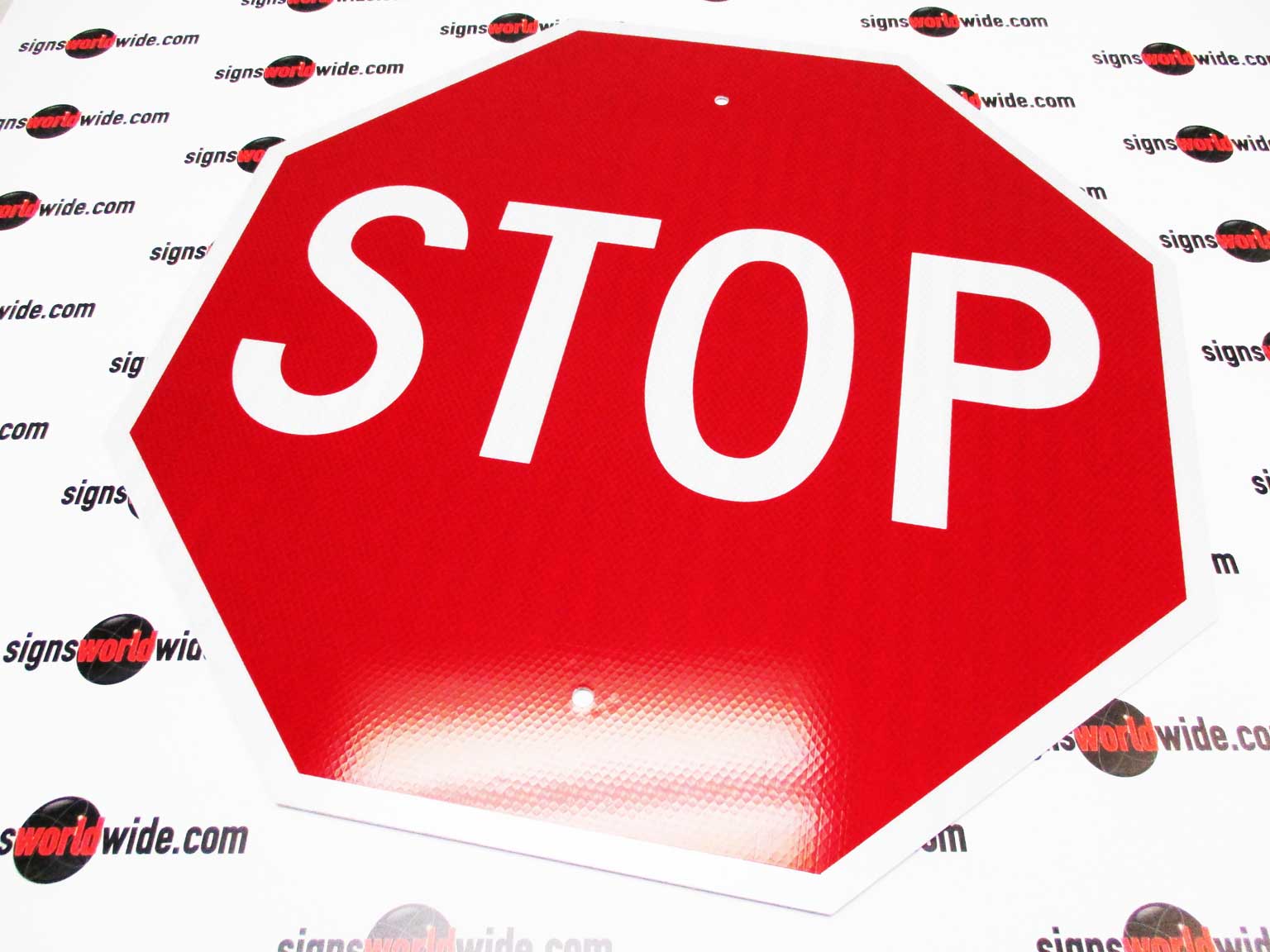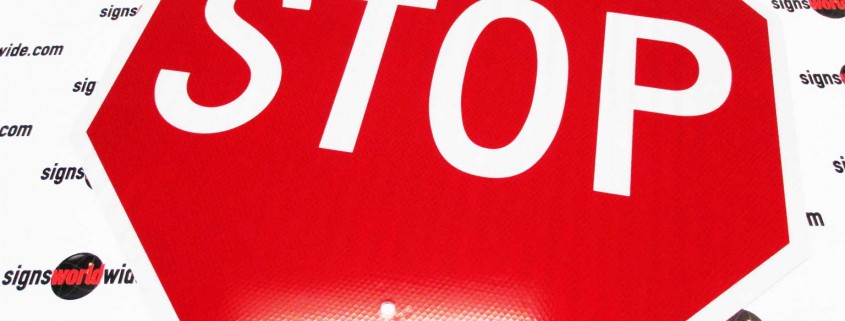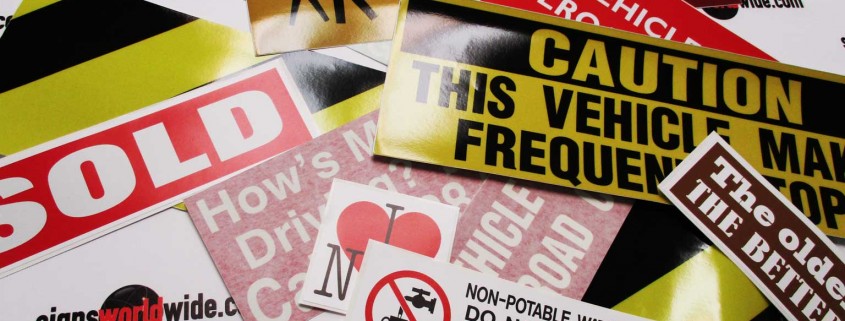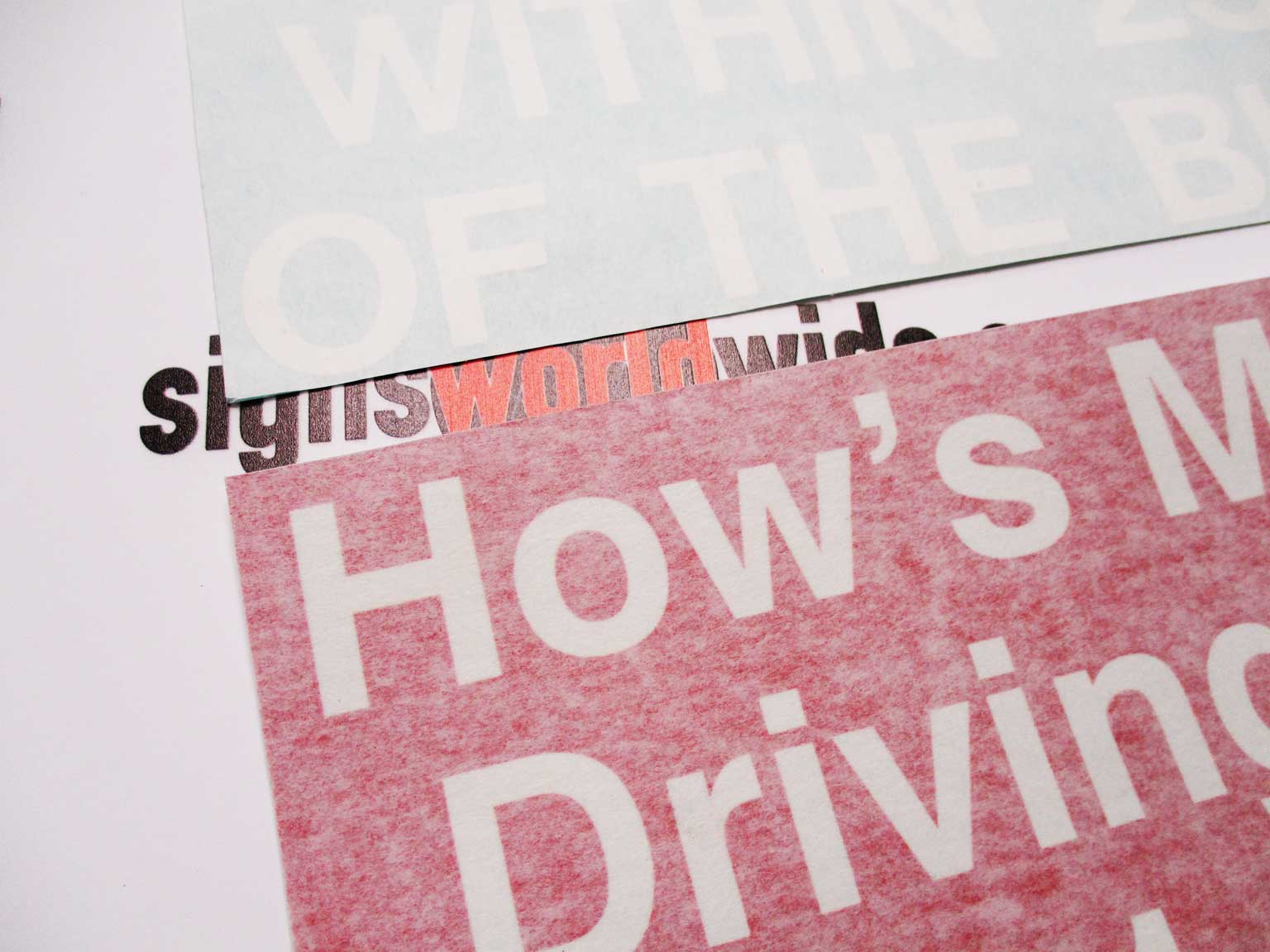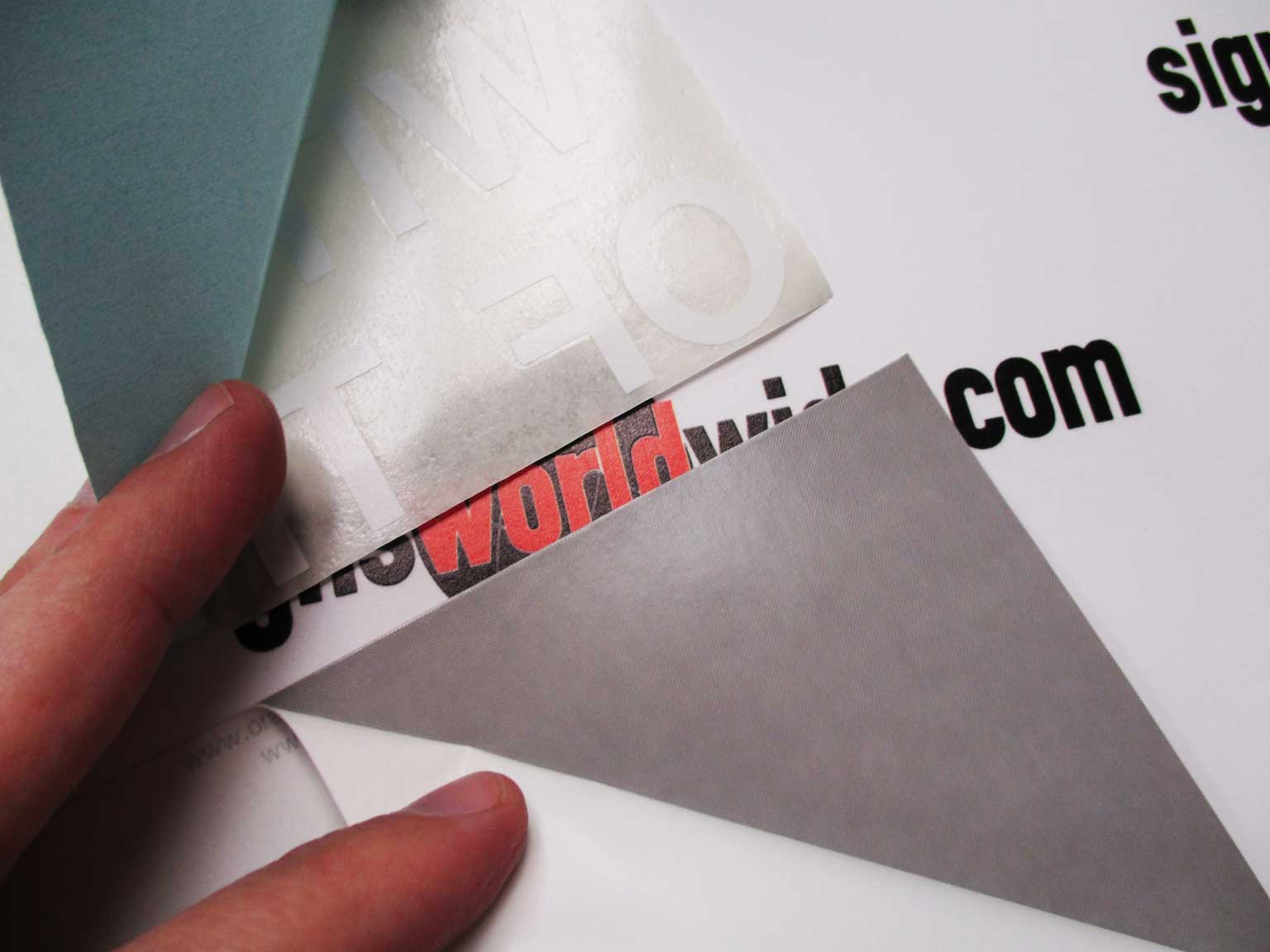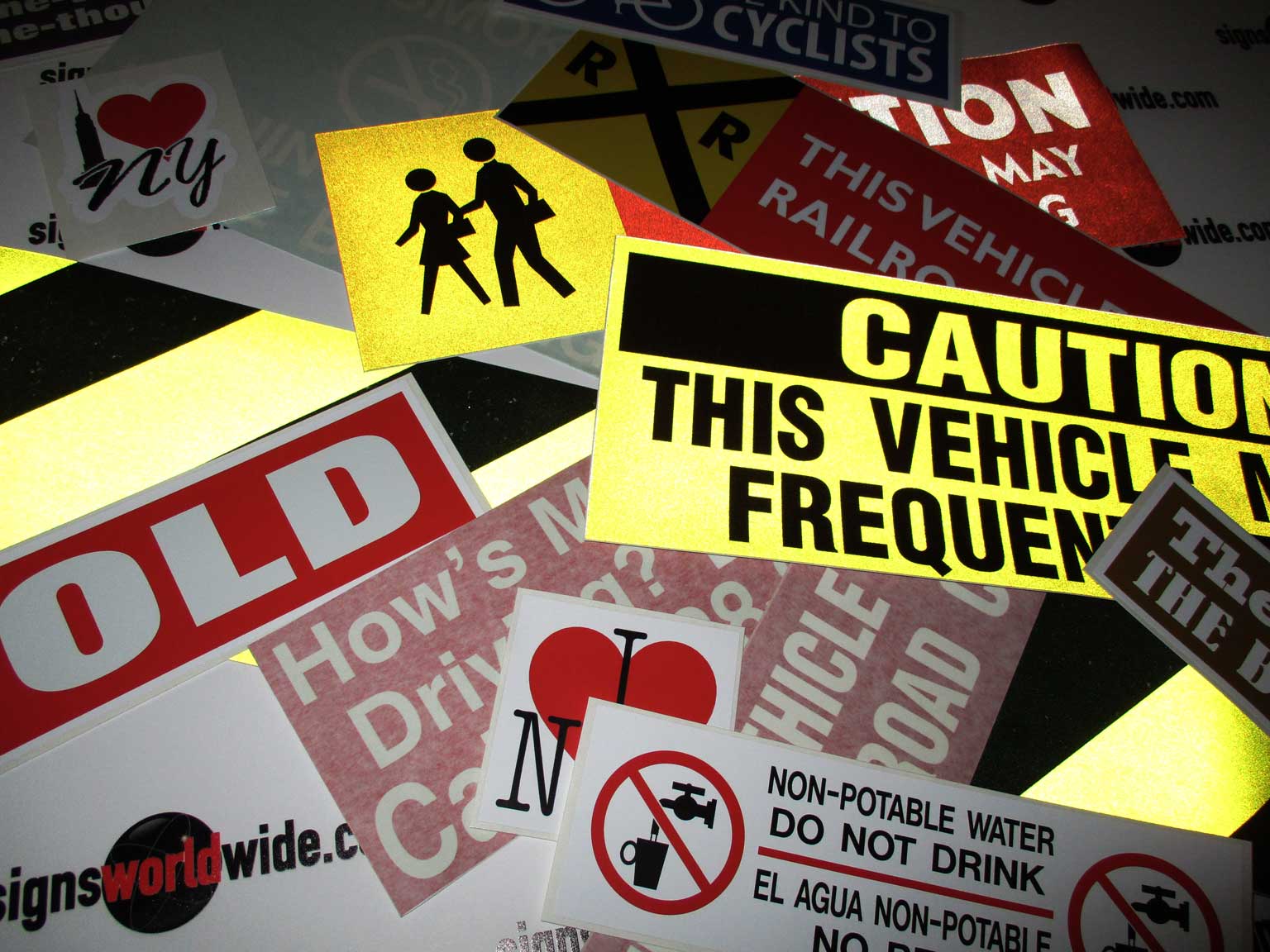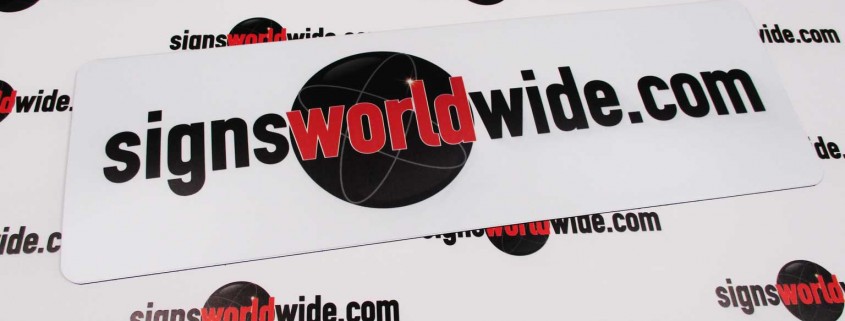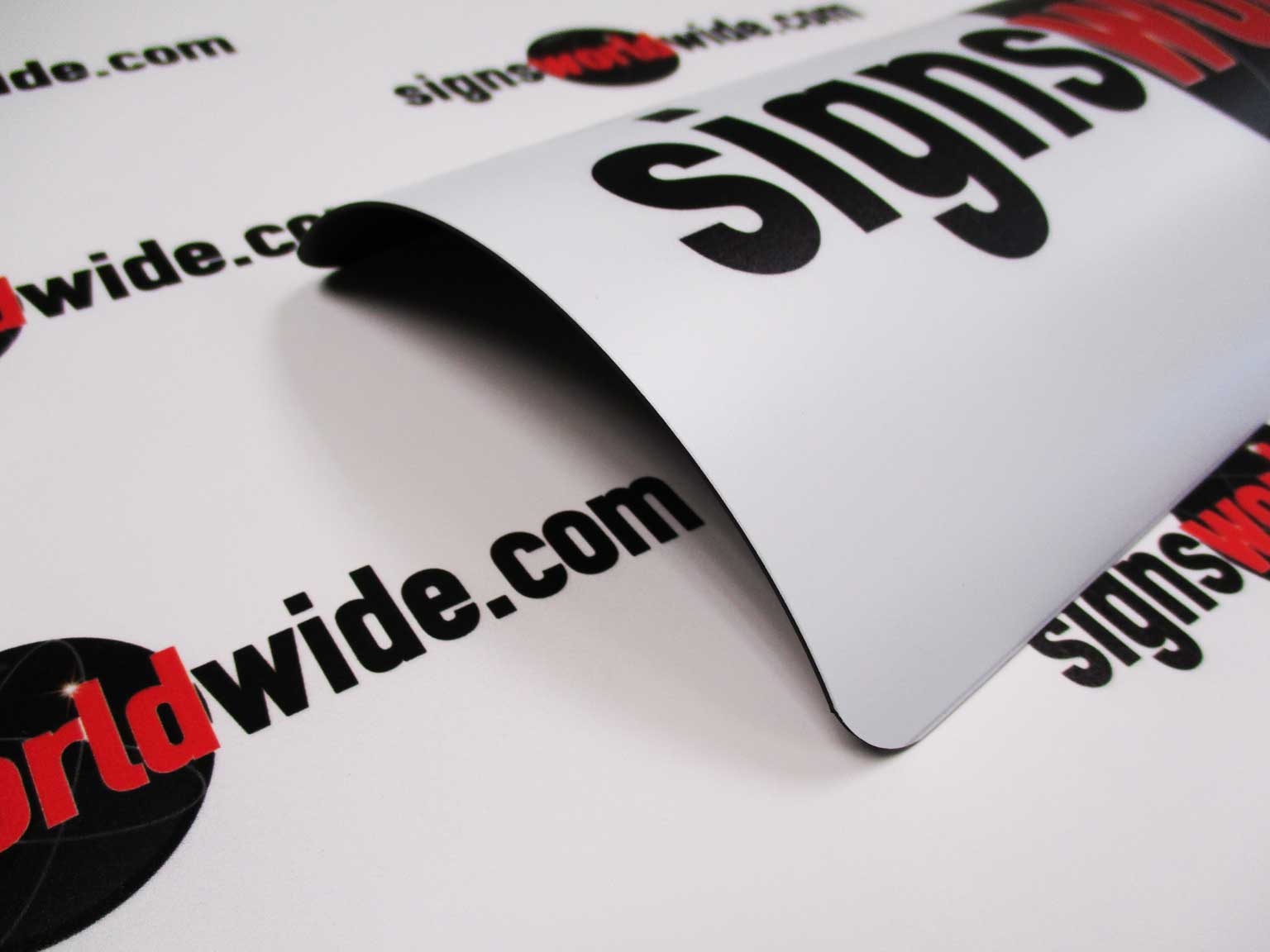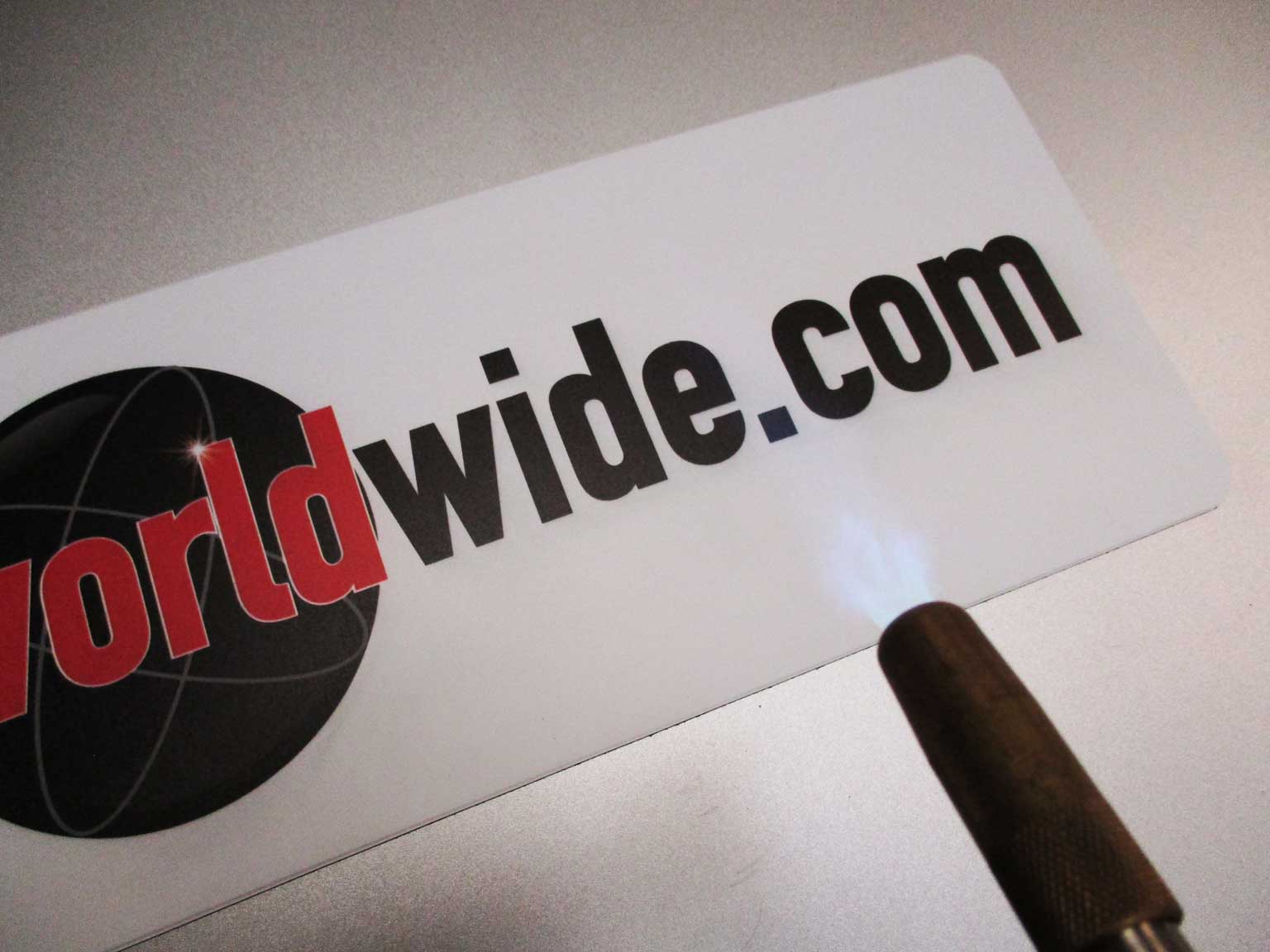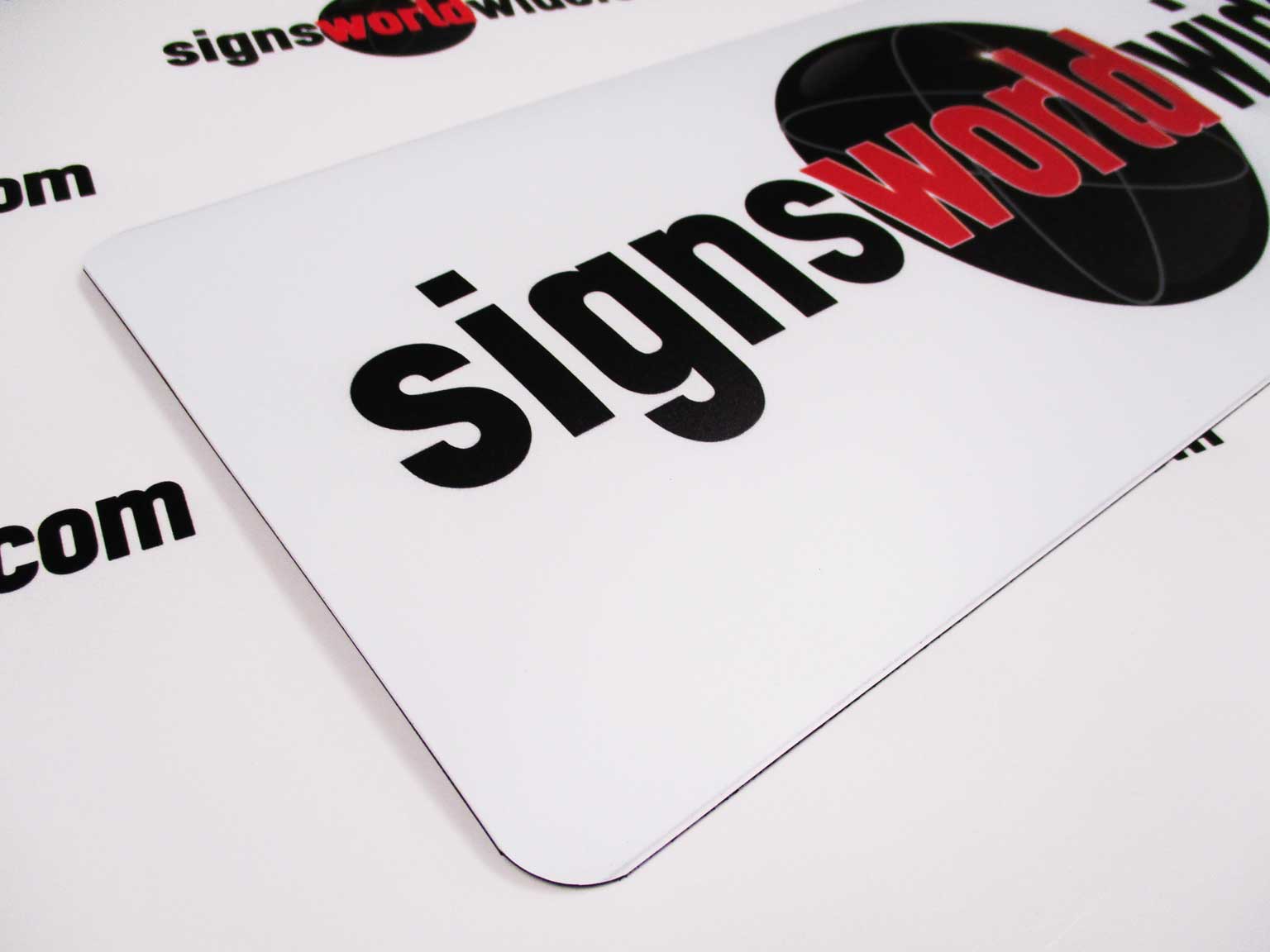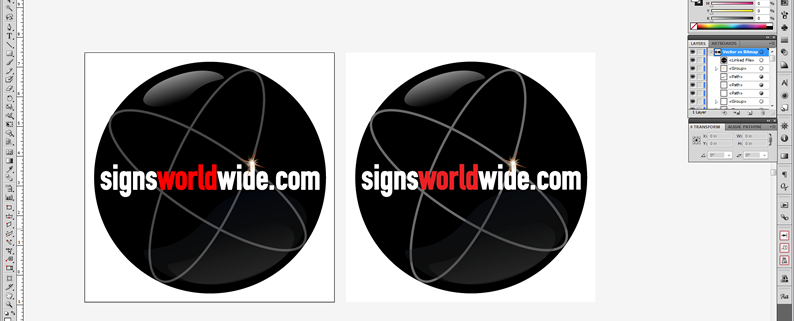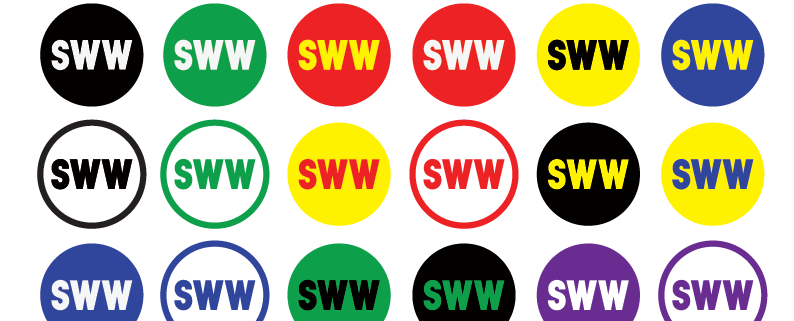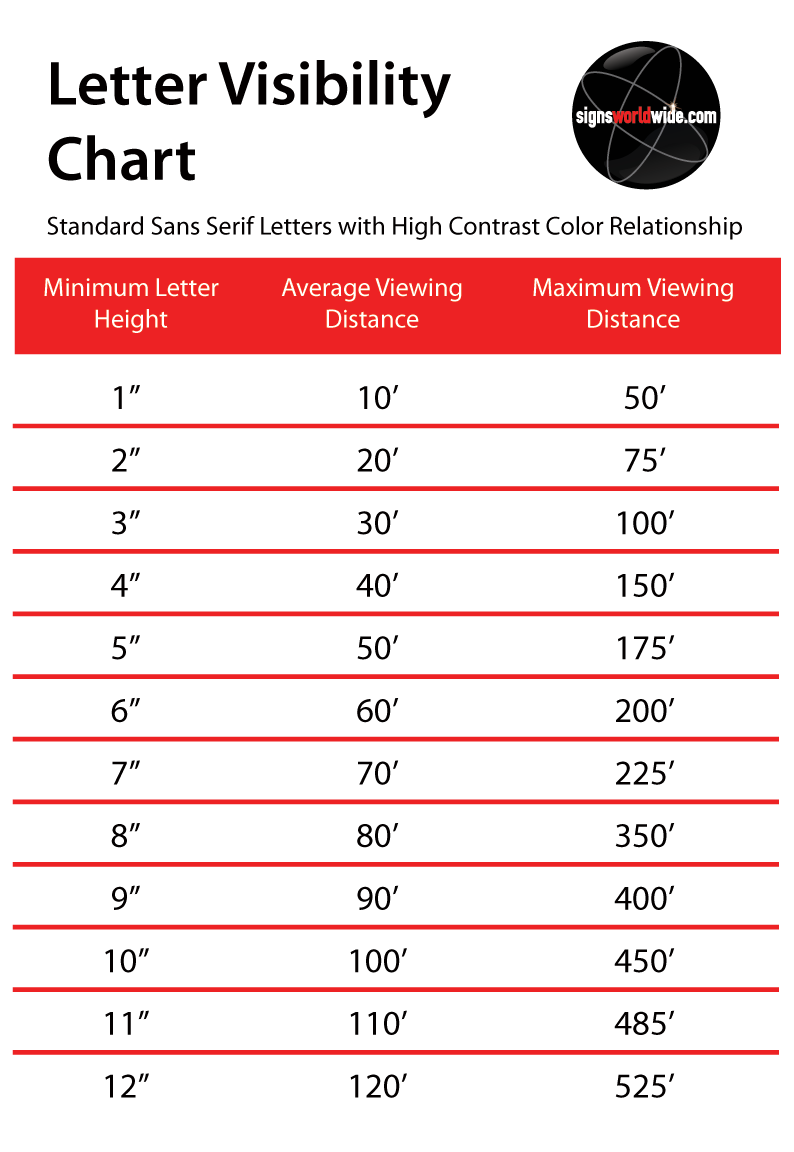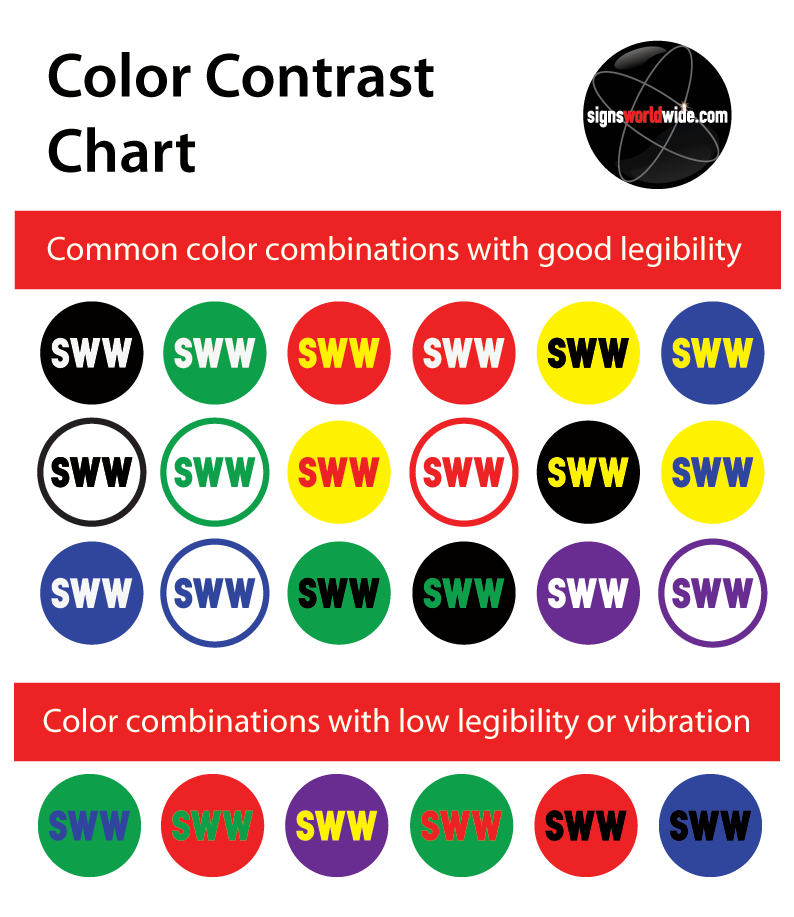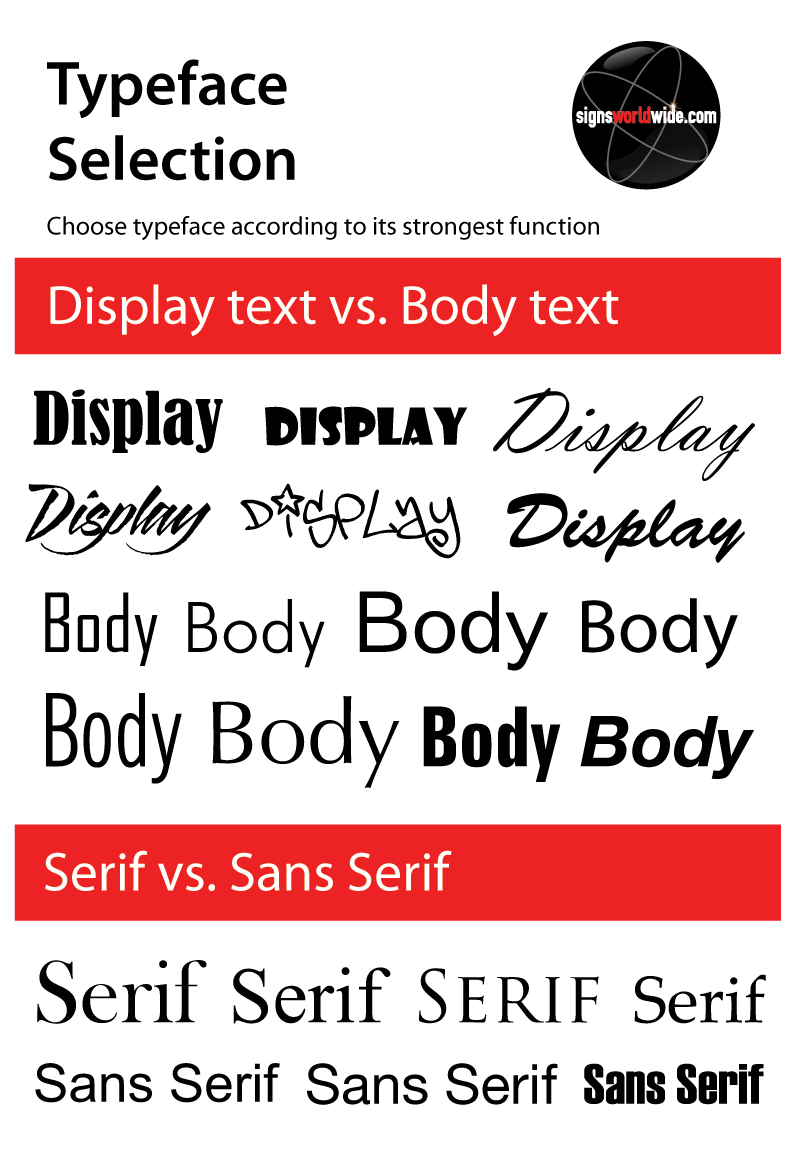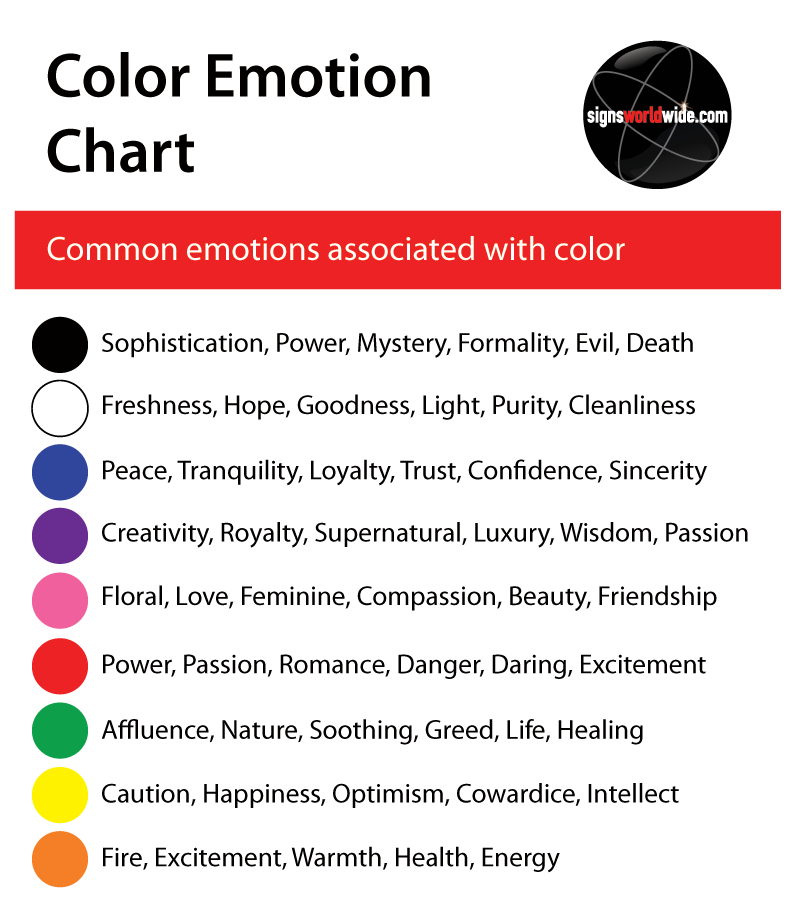Signs that Save Lives
Ok, so that title probably got your attention, but you may be wondering, how can a sign really save a life? It’s simple; take traffic signs for example. An improper or missing traffic sign at an intersection can be catastrophic. It’s easy to take for granted what a simple Stop sign is installed to do; until one is missing and two unsuspecting cars collide. Take a second and web search a phrase like “missing stop sign causes accident” and see how many results pop up. Maybe in your case the sign isn’t missing, but instead it is old or non-reflective in a dark setting with poor visibility. If you happen to be in a property management situation and have improper or ineffective signage on your property you may be held responsible for injuries or damages should an accident occur.
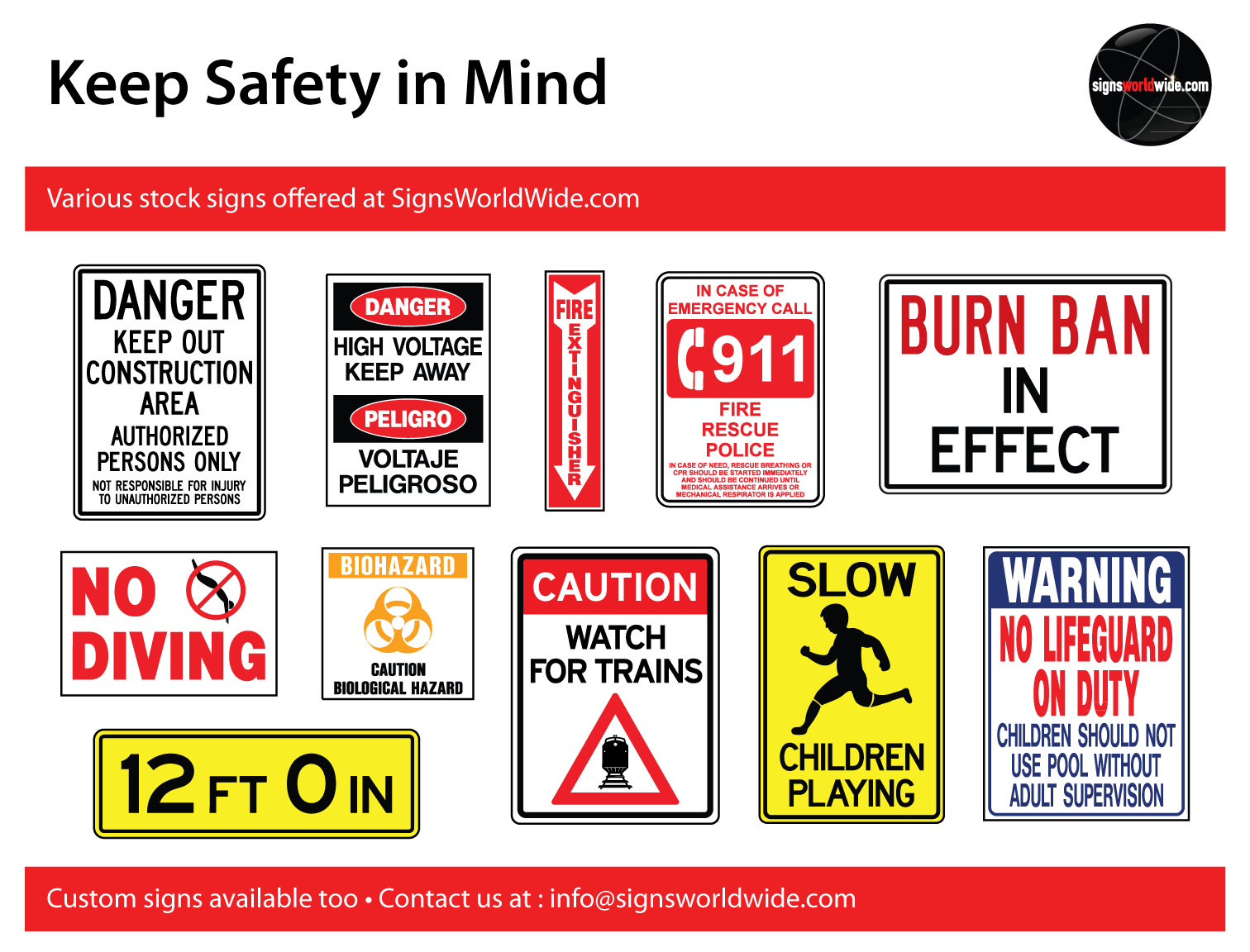
The same can be said for safety signs inside other urban settings. Some believe that signs mentioning “high voltage” or “Caution” are put in place to avoid OSHA penalties alone, but they do much more to curtail dangerous situations than they are given credit for. Yes, placing a “No Diving” sign near a community swimming pool can help your company avoid unwanted fines, but more importantly they can help inform the unaware of potential dangers. Some of the most satisfying socially-positive changes are the ones we may never become aware of because they were done right before things went wrong.
Take a minute and survey your surroundings. Are there ways that signs can improve or make things safer around you? Browse our stock safety signs under “Sign Categories – Traffic/Safety Signs” to see if anything applies to your situation. What should you do if you don’t see what you were looking for? Contact SignsWorldWide and let us know what you need. We offer free sign design and competitive pricing on all types of signs. Thanks for reading – Stay Safe!
